Dexterity is a jack of all trades in Dungeons & Dragons. It will make you better with ranged weapons and melee weapons that use the finesse property; it’ll make you harder to hit by increasing your AC (Armor Class) and help you with skills such as Stealth, Acrobatics, and Sleigh of Hand. That makes Dexterity an essential ability score for many classes or a fantastic choice for your secondary or tertiary ability score.
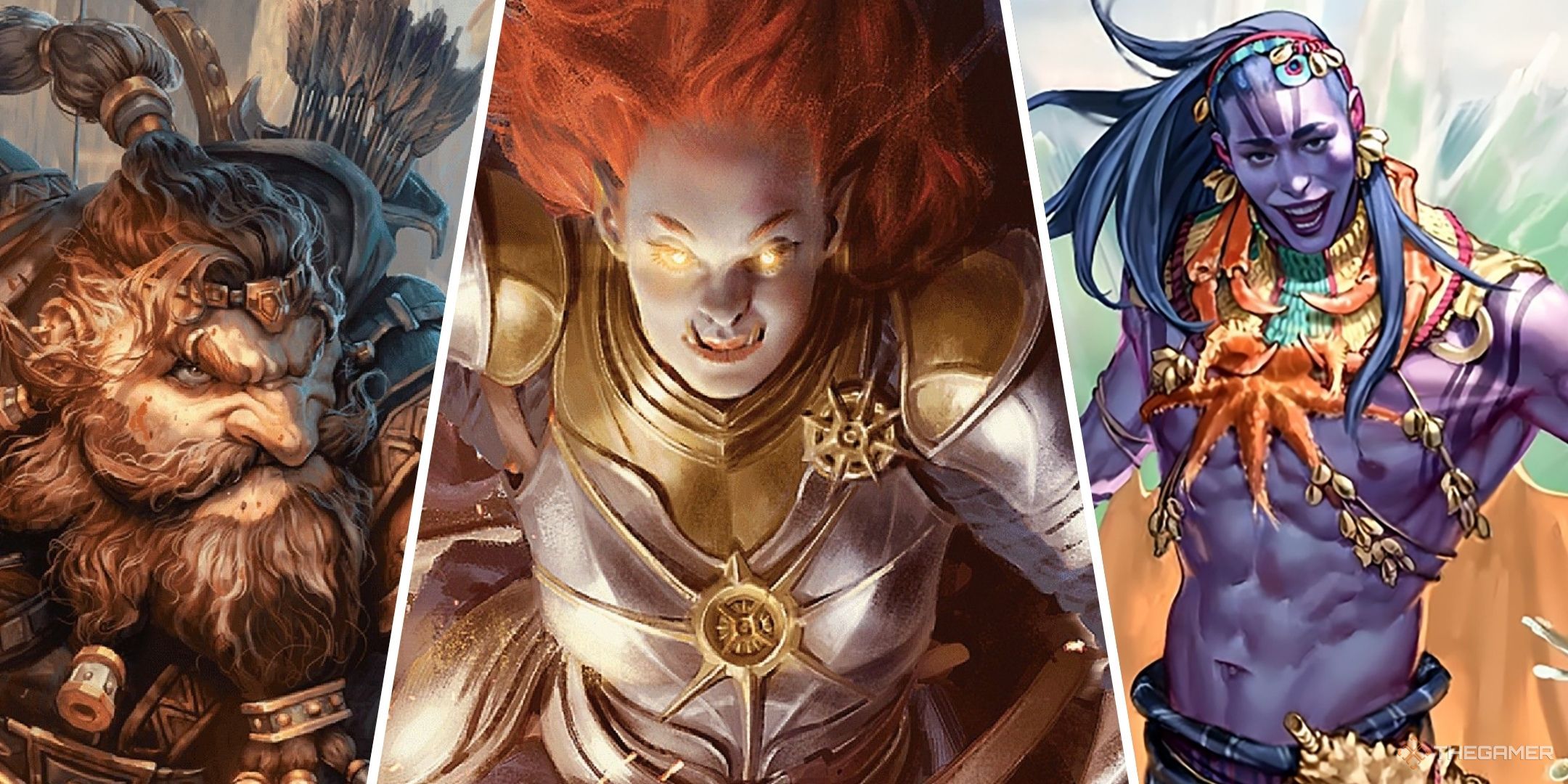
Related
Dungeons & Dragons: 10 Feats That Increase Your Strength
We take a look at the best Feats and Half-Feats that you can give your character while focusing on your Strength.
Still, when you get an opportunity to increase Dexterity or another ability score, you have to choose between that or getting a feat. Luckily, some feats will increase Dexterity by one, along with whatever effect comes with them. Which ‘Half-feat’ is worth taking, though?
Updated on January 23, 2025, by Lucas Olah: D&D has been updated with the 2024 version of the Player’s Handbook, which means some feats were altered. Some old ones now apply to this list if you want extra perks along with your Dexterity bonus, and feats from expansion books have become more or less useful because of the changes to character creation and the classes. Thus, it’s time to take a second look at the feats here and add some extra options for you.
If your ability score is an even number, like 16, adding just one point will not change any bonuses. A +1 to an ability score will only make a difference if said ability is currently at an odd number.
14
Crossbow Expert
For Crossbow Enthusiasts
With the new book, Crossbow Expert now offers a bonus to Dexterity. It’ll also let you ignore the Loading property on any crossbow, and you can shoot people while engaged in melee combat without getting a disadvantage – as long as your attack is using a crossbow.
Lastly, it also lets you add your Dexterity bonus with hand crossbows when using them as your off-hand weapon, as long as your main weapon has the Light property.
13
Dual Wielder
Without Crossbows This Time
Ironically, this feat isn’t always necessary if you want to dual-wield, but depending on which weapons will serve you better, the bonus is helpful. Along with the Dexterity bonus, it lets you dual-wield a weapon that has the Light property with a weapon that doesn’t have this property instead of forcing you to stick with two Light weapons.
Depending on your weapon masteries, you can use this to combine the ones you like the most among your two preferred weapons since one-handed weapons that lack the Light property have some different masteries.
12
Sentinel
For Melees
One of the best feats in D&D now comes with a +1 to Dexterity or Strength, so it has just become a neat option for you. It lets you make an opportunity attack on a creature that disengages from you, and any opportunity attack you use, regardless of what triggers it, will zero your target’s movement – as long as you hit them, of course.
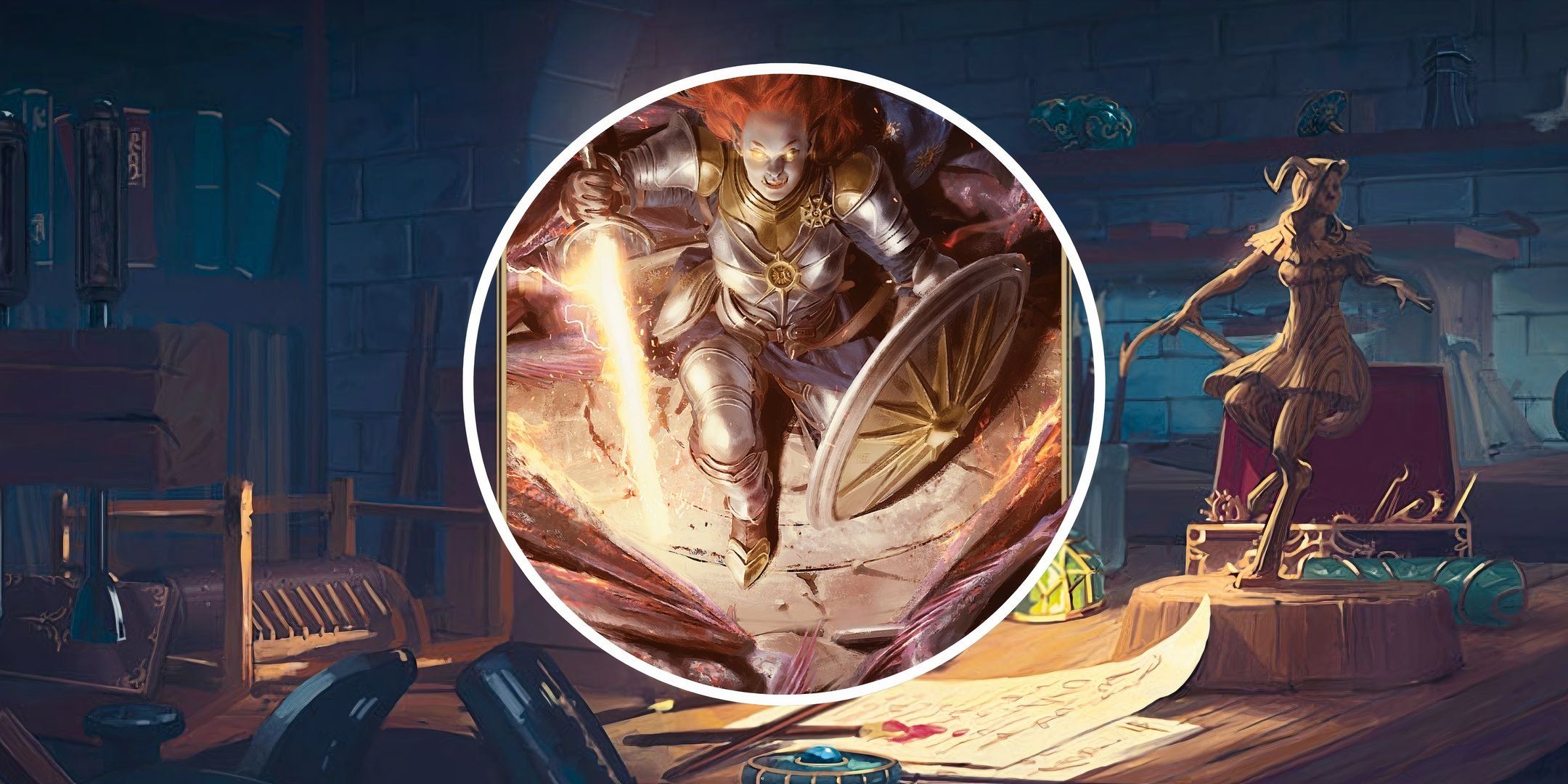
Related
Dungeons & Dragons: Best Ways To Improve Your Ability Scores
Before you reach level 20 in D&D, you’ll want to make sure you improve your ability scores as much as you can. Here are great ways to do just that.
In other words, people will have a hard time running away from you. Still, that also means you need to be in close combat to use this feat properly, meaning that this isn’t a good option for ranged characters, something a lot of Dexterity-based characters are.
11
Sharpshooter
For Non-Melees
If you want to kill people from a very safe distance, Sharpshooter is key. You get your bonus and no disadvantages when shooting someone in melee combat with you with a ranged weapon – which has nothing to do with killing people from a safe distance, but it’s helpful if they reach you.
Now for the good stuff. You get to ignore three-quarter and half covers, meaning enemies won’t get an AC bonus from partial covers, and you don’t get a disadvantage when you’re shooting someone past the base range of the weapon, meaning you can shoot someone with a longbow from 600 ft (182m) away with no disadvantage.
10
Skulker
Become A Shadow
A great pick for rogues and rangers, though useful for anyone who wants to fight while hiding. You get an advantage when using the Hide action in combat, and if you miss an attack you made while hidden, your position isn’t revealed.
There’s also the nice, unrelated perk of getting ten feet (3m) of blindsight, which means you can fight invisible creatures in melee without getting any disadvantages in your attacks. That also applies to fighting while your character is currently blinded, whether through a condition or something like fighting in the dark.
9
Speedy
Gotta Go Fast
Speedy is simple but useful for characters who want to keep moving a lot during combat. You get an extra ten feet (3m) of movement, and difficult terrain no longer affects you when you use the Dash action on your turn.
Lastly, whenever someone attempts an opportunity attack against you, they’ll do so at a disadvantage, decreasing the chances of you getting hit in the back whenever you decide to run away.
8
Gunner
Because Bullets Hurt More
Even though now everyone with martial weapon proficiency gets firearm proficiency, Gunner is still a must-have for those who want them as their main weapon. Along with the +1 in Dexterity, you get proficiency with firearms, which is useful for Dexterity-based characters that don’t get martial weapon proficiency, like rogues.
That’s not all, though. You’ll also be able to ignore the Loading property on firearms, allowing you to take multiple shots in the same turn, and you’ll no longer take a disadvantage at any ranged attack (not just with firearms) when an ally is within five feet (1.5m) of you.
7
Lightly Armored Or Moderately Armored
It’s Always Good To Wear Protection
Depending on which class you’re playing, you may not have all armor proficiencies. Thus, getting Lightly Armored will give you proficiency with light armor and shields. In contrast, Moderately Armored will give you proficiency with medium armor – you need to be proficient with light armor before getting Moderately Armored. Both come with a +1 for Dexterity (or Strength, your choice).
However, these two feats are a bit more specific to your build, as you can get these proficiencies through certain species or multiclassing. Still, a rogue who can wear medium armor, for example, is a good way to increase your defenses, or a wizard who can wear light armor and a shield. Still, these two are more niche options.
6
Piercer Or Slasher
Depends On Your Weapons
Chances are most of your weapons will revolve around piercing damage between your arrows, bolts, maybe bullets, rapiers, etc. Still, there is a chance you’re using a slashing weapon, like a shortsword. Piercer is a feat that will give you bonuses when dealing Piercing damage, while Slasher will give you bonuses with Slashing damage – it’s up to you which fits you better.

Related
Dungeons & Dragons: The 10 Best Feats For Ranged Characters
If you’re looking to play a character who’s a master of ranged weapons in D&D, these feats are ideal choices.
Along with the +1 in Dexterity, Piercer will re-roll your weapon damage once per turn, ensuring your big hit won’t be dragged by a one rolled on the die. Also, when you make a critical hit with this type of damage, you can roll on additional damage die, making your critical hit harder.
Slasher also comes with the +1 (just like every feat here, which is the point of the list).
You can make an attack that reduces enemy movement by ten feet (3m) once per turn. When you land a critical hit, the target will make all their attacks at disadvantage until the start of your next turn.
Though not mentioned here, as Bludgeoning weapons aren’t usually a focus for Dexterity-based characters, Crusher is a nice choice for monks, as their unarmed strikes and quarterstaff are Bludgeoning. This feat won’t increase your Dexterity, but you can get something else like Constitution and improve your attacks similarly to the other two.
5
Athlete
Can’t Stop, Won’t Stop
If you need a character that moves around a lot, Athlete is an interesting pick. Along with the bonus, you get a climbing speed equal to your base one, and if you get knocked prone, you can use five feet (1.5m) of your movement to get up instead of the usual half of your entire movement.
You’ll also be able to perform running jumps, whether long or high, by running five feet (1.5m) instead of the usual ten (3m). This may not come up often as it’s a rule few DMs know or care about, but the other parts are interesting enough.
4
Elven Accuracy
AKA ‘Triple Advantage’
Though we’re talking about feats that increase your Dexterity, you can get a +1 on Wisdom, Charisma, or Intelligence instead, giving this feat a bit more versatility.
Also, whenever you make an attack with advantage that uses any of these ability scores (these attacks can be melee, too, by the way), you can re-roll one of the dice from your advantage once, meaning you can always re-roll the lowest value and see if it beats the highest one. In other words, you roll three dice when you have an advantage.
The only restriction here is, as the name implies, your species. This feat is only available for elves or half-elves, meaning you’ll need to pick one of them during character creation if you want to get this feat as part of your build.
3
Second Chance
For Halflings Only
This feat is a good way to protect yourself in dire situations, but you can only use it once per combat. Along with the +1 bonus, when someone hits you with an attack, you can make them re-roll their attack, potentially making them miss the strike against you. It’s essentially giving an enemy a disadvantage whenever you want it.

Related
D&D: 10 Things You Didn’t Know About Halflings
D&D 5e introduced many flexible ways to play the classic tabletop RPG. With unique traits all their own, what should fans know about Halflings?
Still, you can’t use it all the time, as we mentioned, meaning it’s best to save it in dire situations, and you’ll spend your reaction when doing so. Lastly, this is also a species-specific feat, available only for halflings.
2
Fade Away
Let Gnomes Have Their Fun, Too
Another species exclusive, this time for gnomes, is Fade Away. You’ll get your bonus and the ability to turn invisible through your reaction after you get hit. It’ll last until the end of your next turn, and once it’s used, you’ll have to do any type of rest before using it again.
Keep in mind that your invisibility will end earlier if you attack someone, cause any type of damage, or force someone into a Saving Throw. Still, it’s an efficient way to get a free advantage to your next attack, one of the perks of being invisible.
1
Squat Nimbleness
A Broader Species Specific Feat
Our last species-specific feat is Squat Nimbleness, though this time, it can be picked by any small species or by dwarves. Besides the usual, it’ll increase your movement by five feet (1.5m), and though the updated races all have a base of 30 ft (9m) now, nothing stops you from increasing it further with this feat.
You’ll also get proficiency in either Athletics or Acrobatics, and whenever you have to roll one of these two specifically to escape being grappled, you’ll get an advantage on the rolls for free. It’s a good option for ranged characters to escape grappler types of enemies.
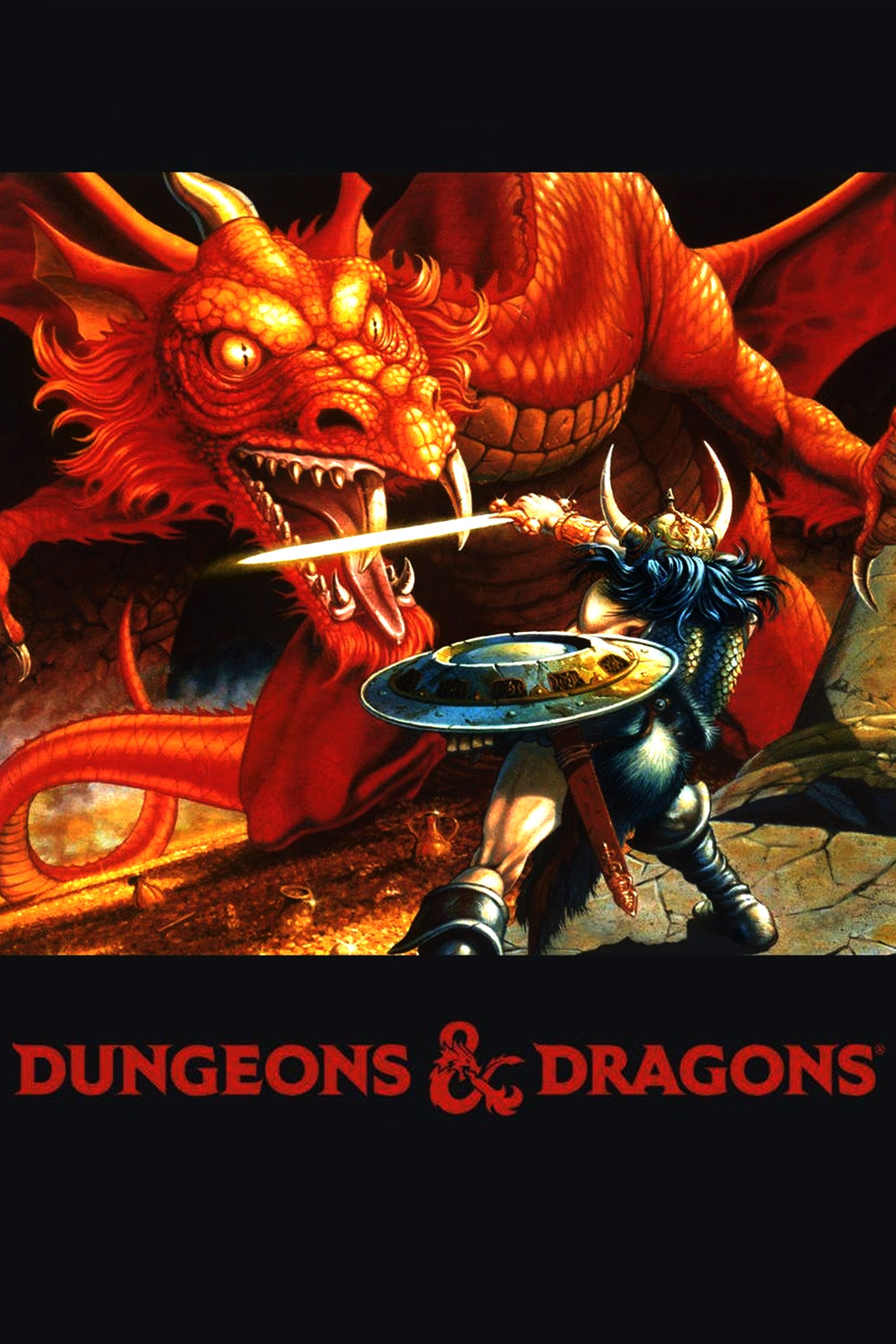
Dungeons & Dragons
- Original Release Date
-
1974
- Player Count
-
2+
- Age Recommendation
-
12+ (though younger can play and enjoy)
Source link
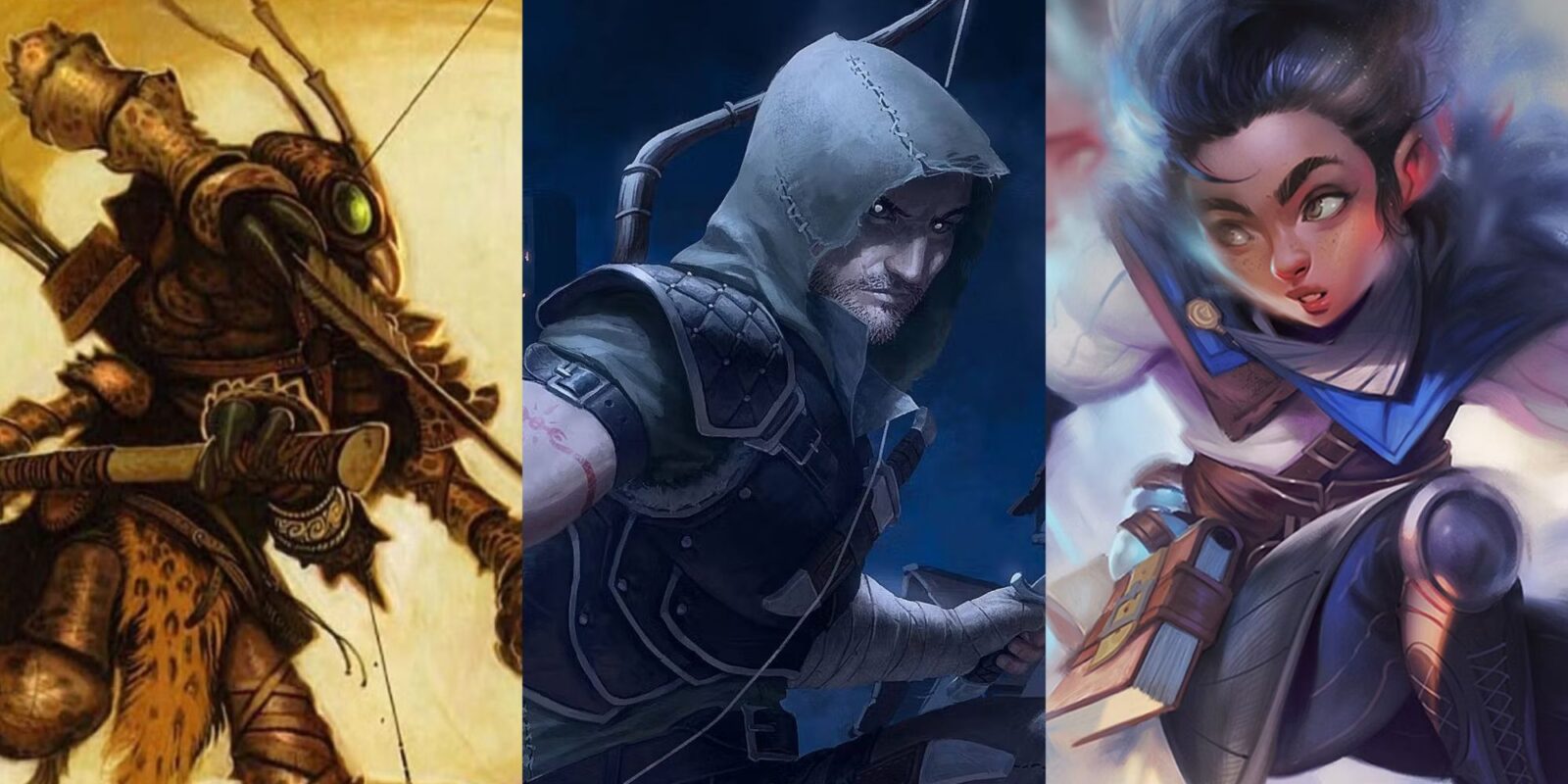

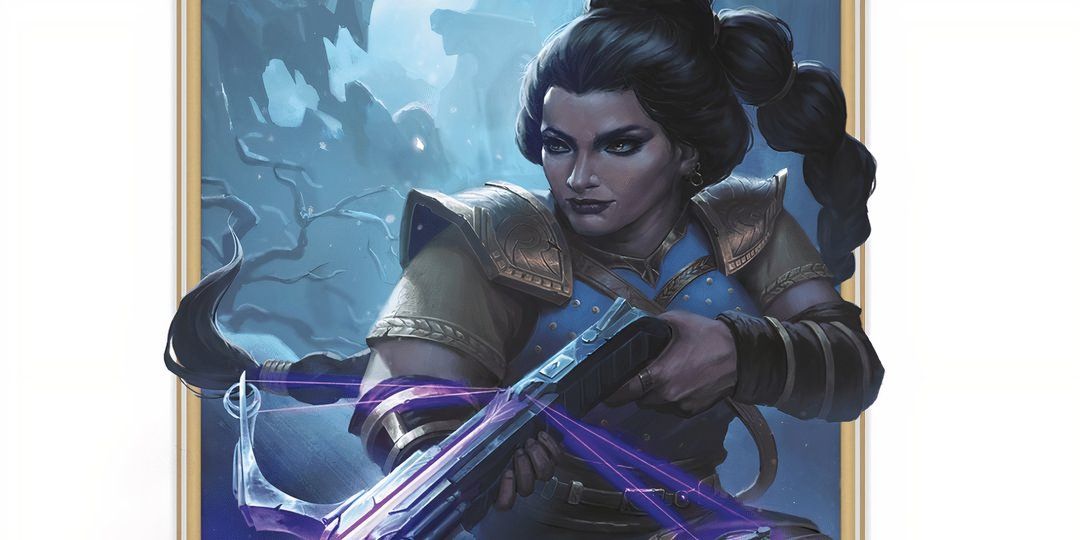

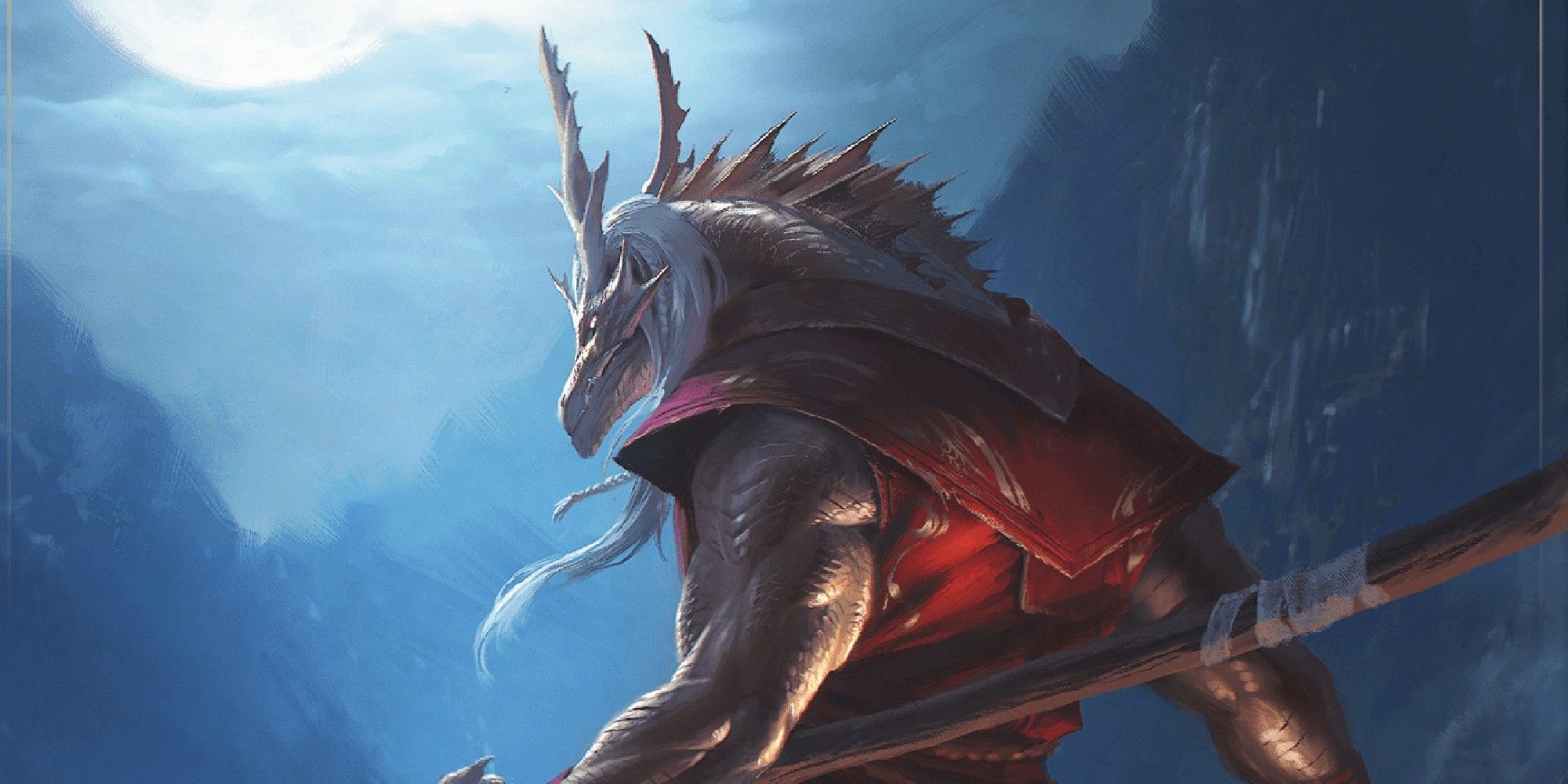
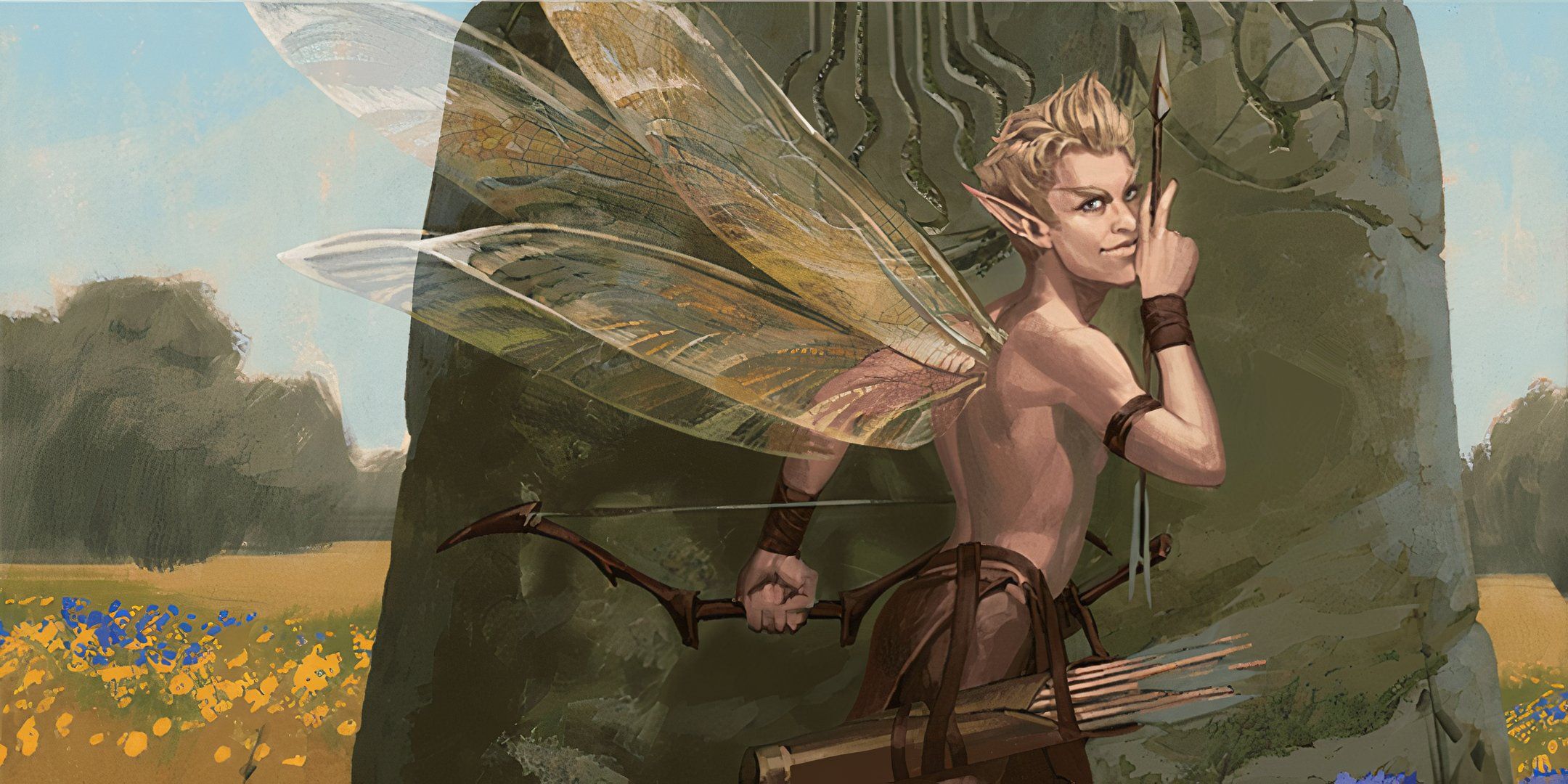
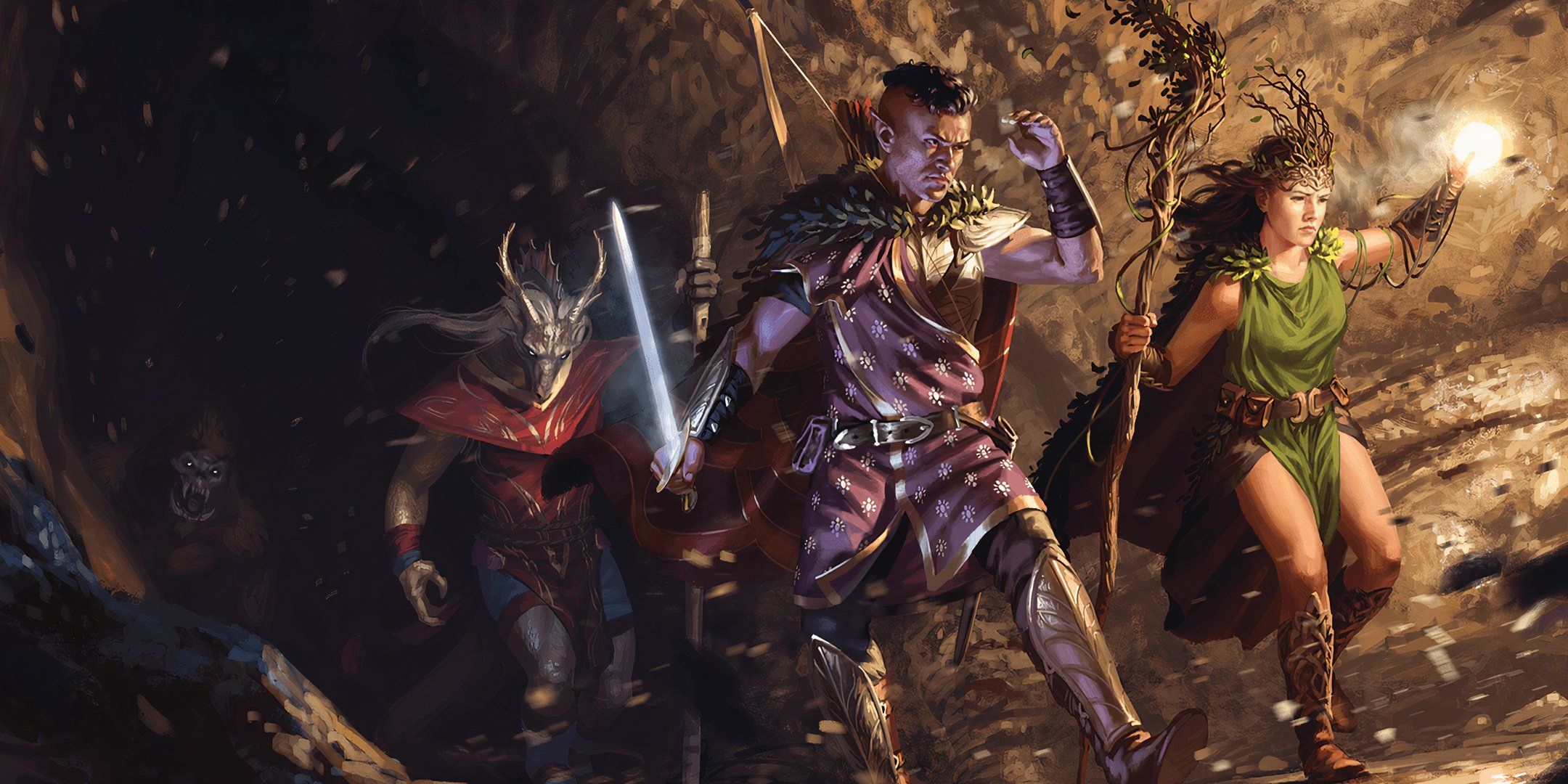
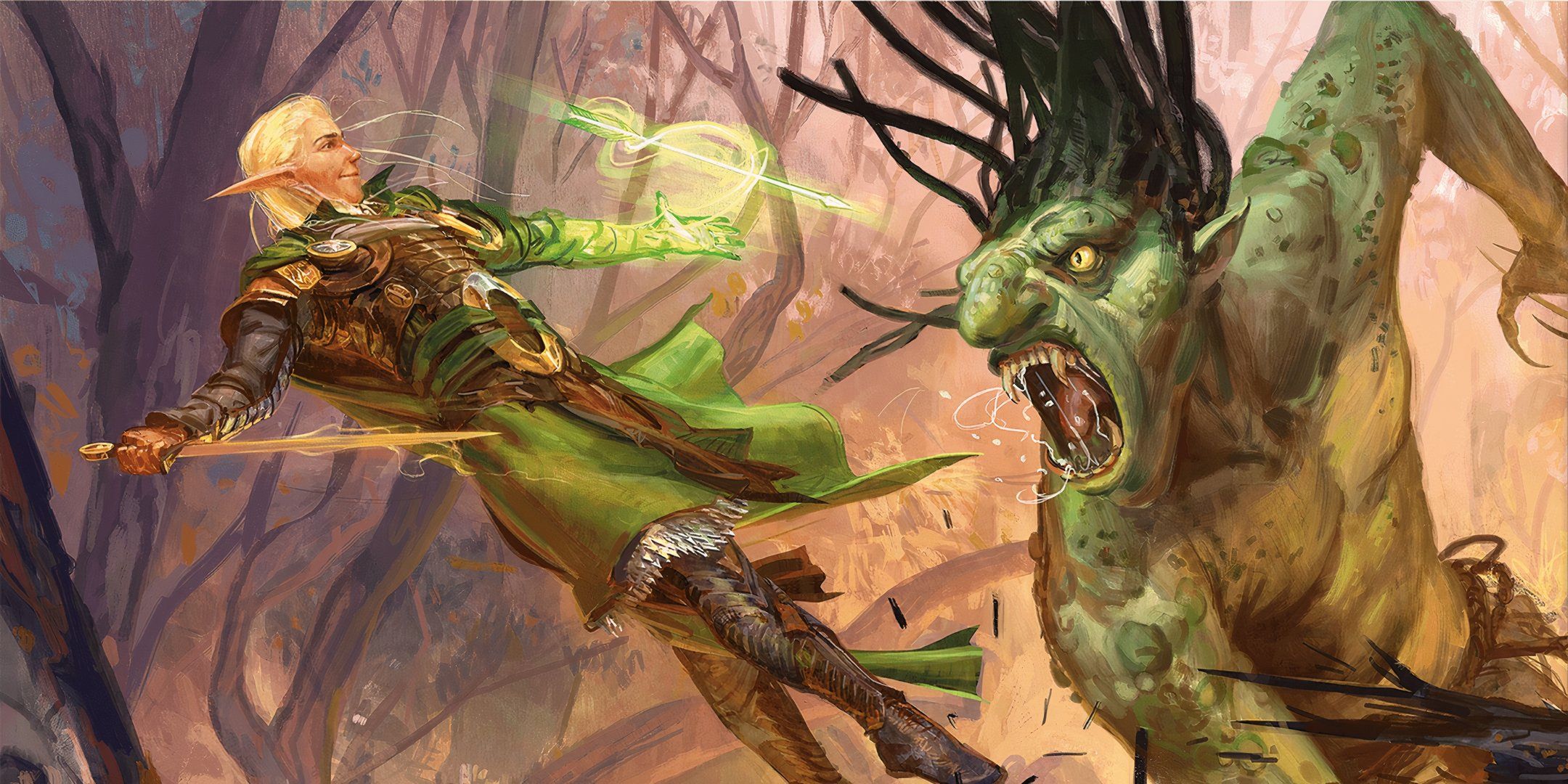


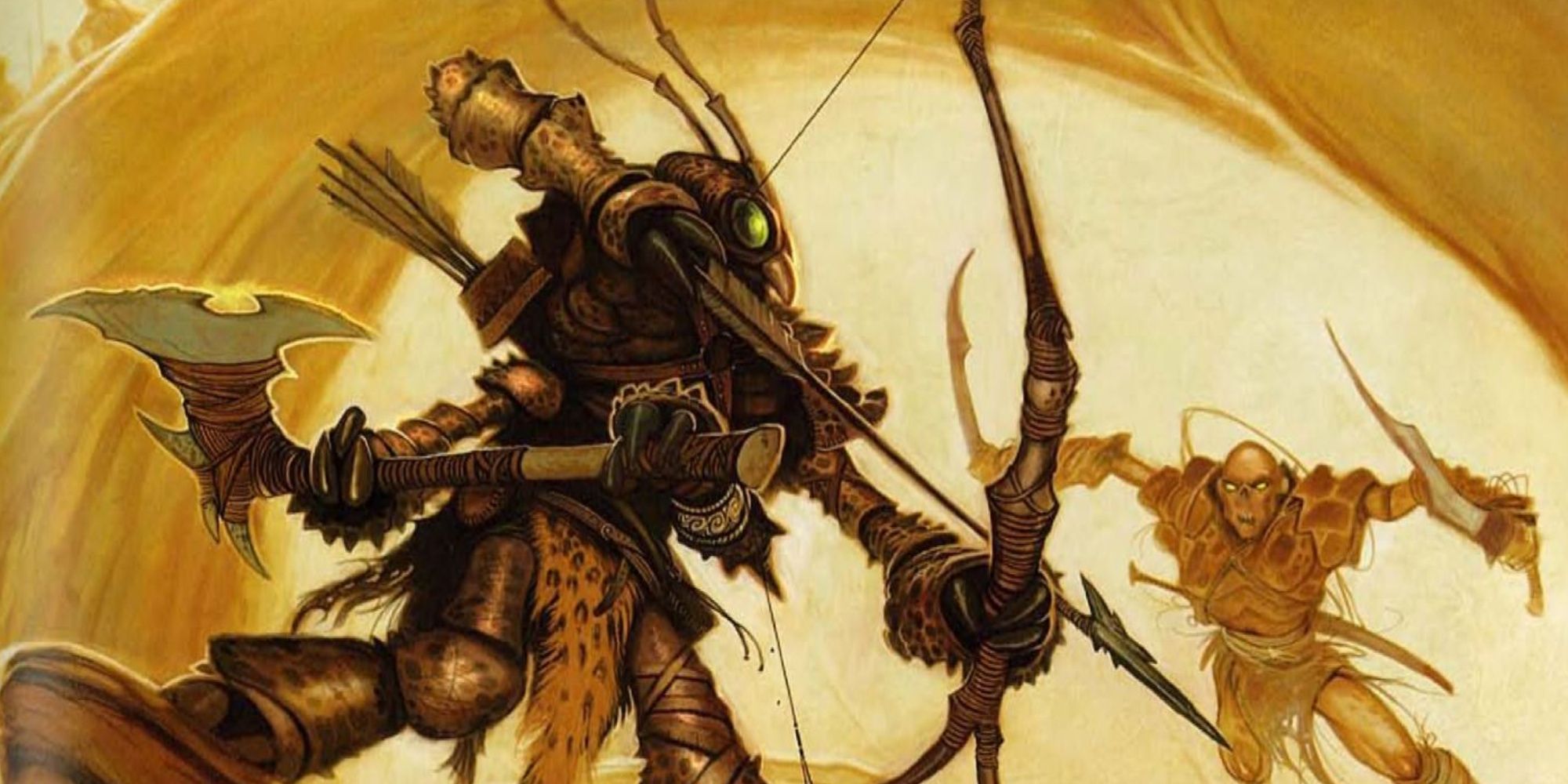
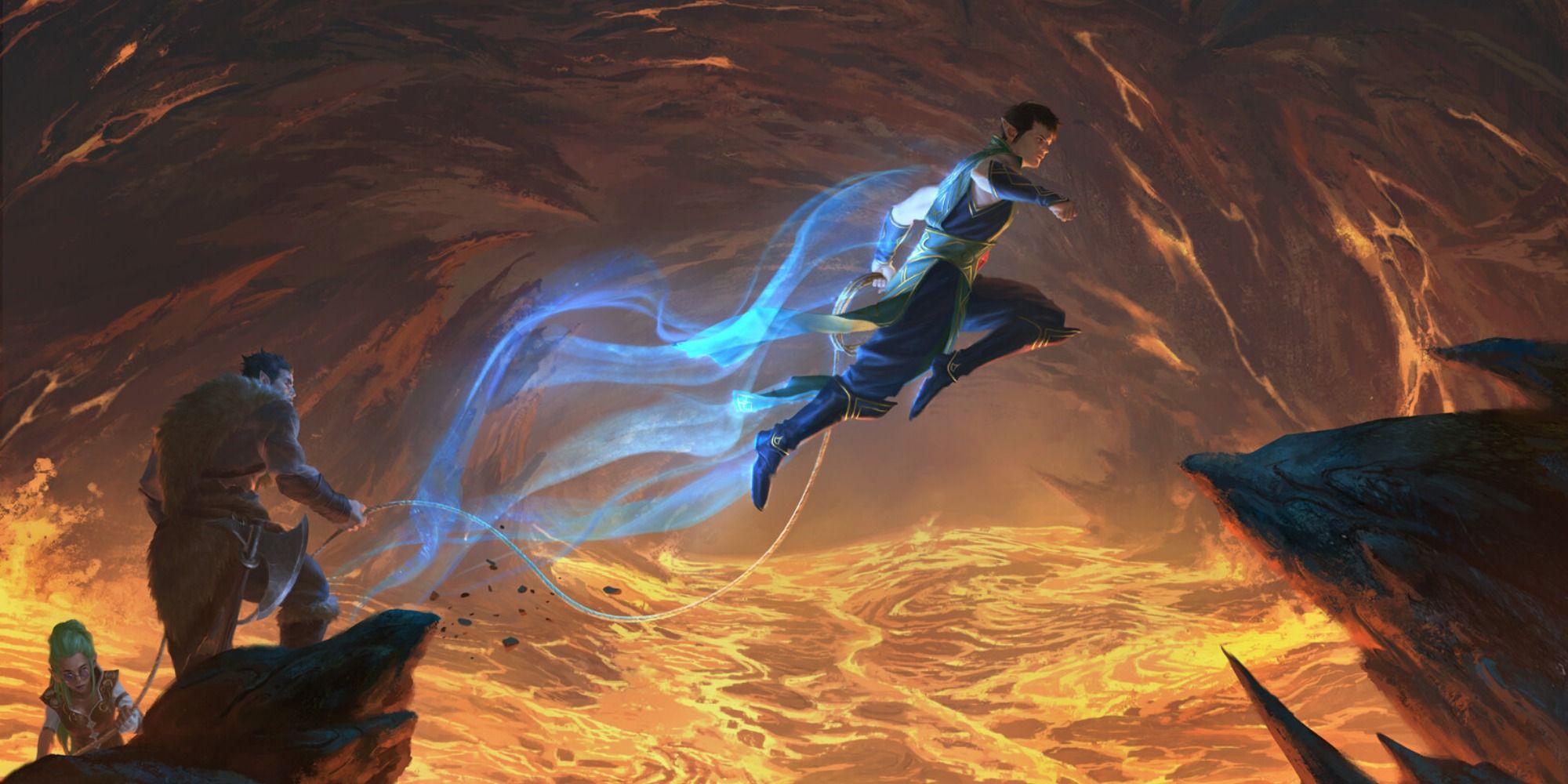
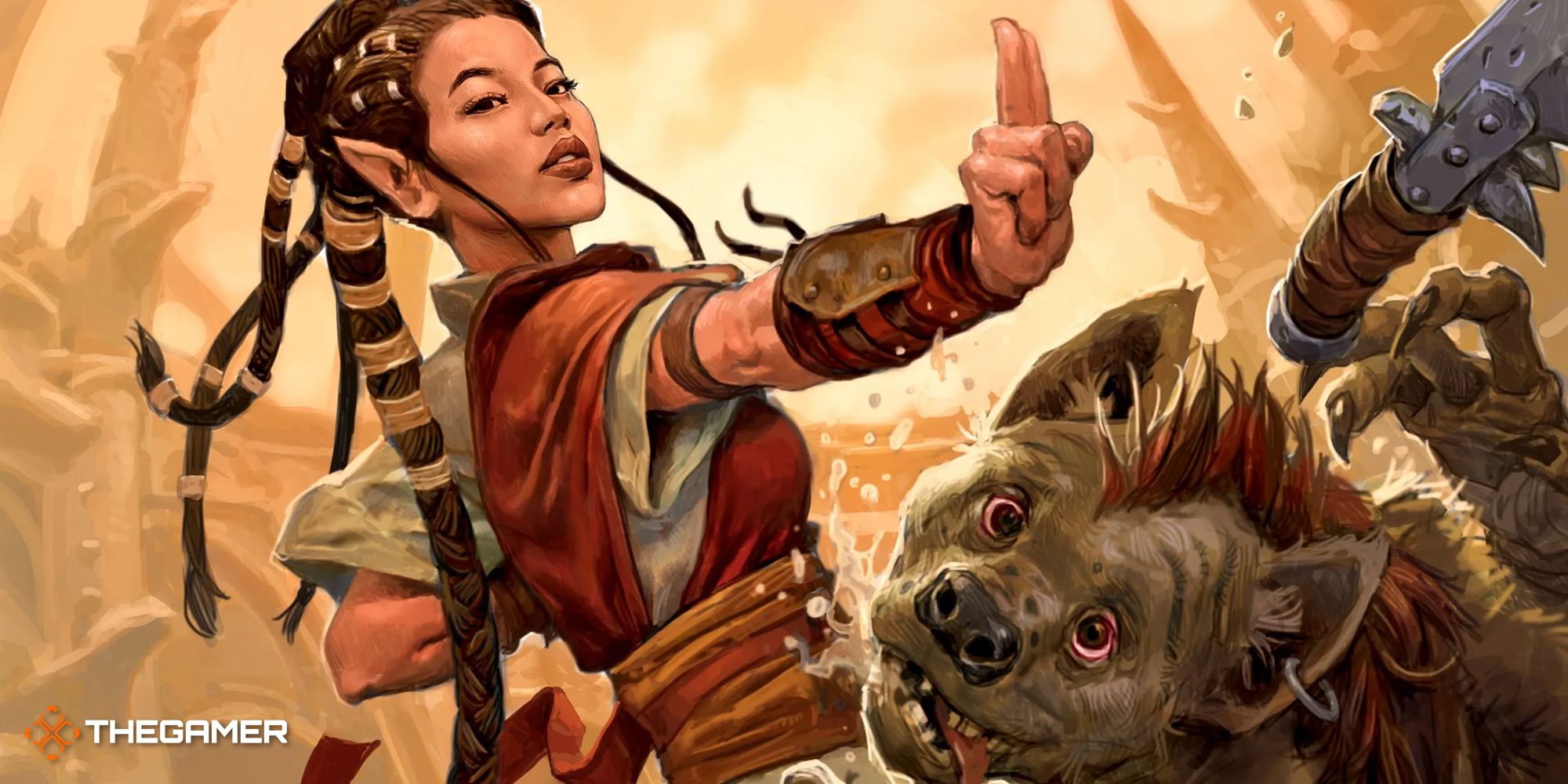












Leave a Reply